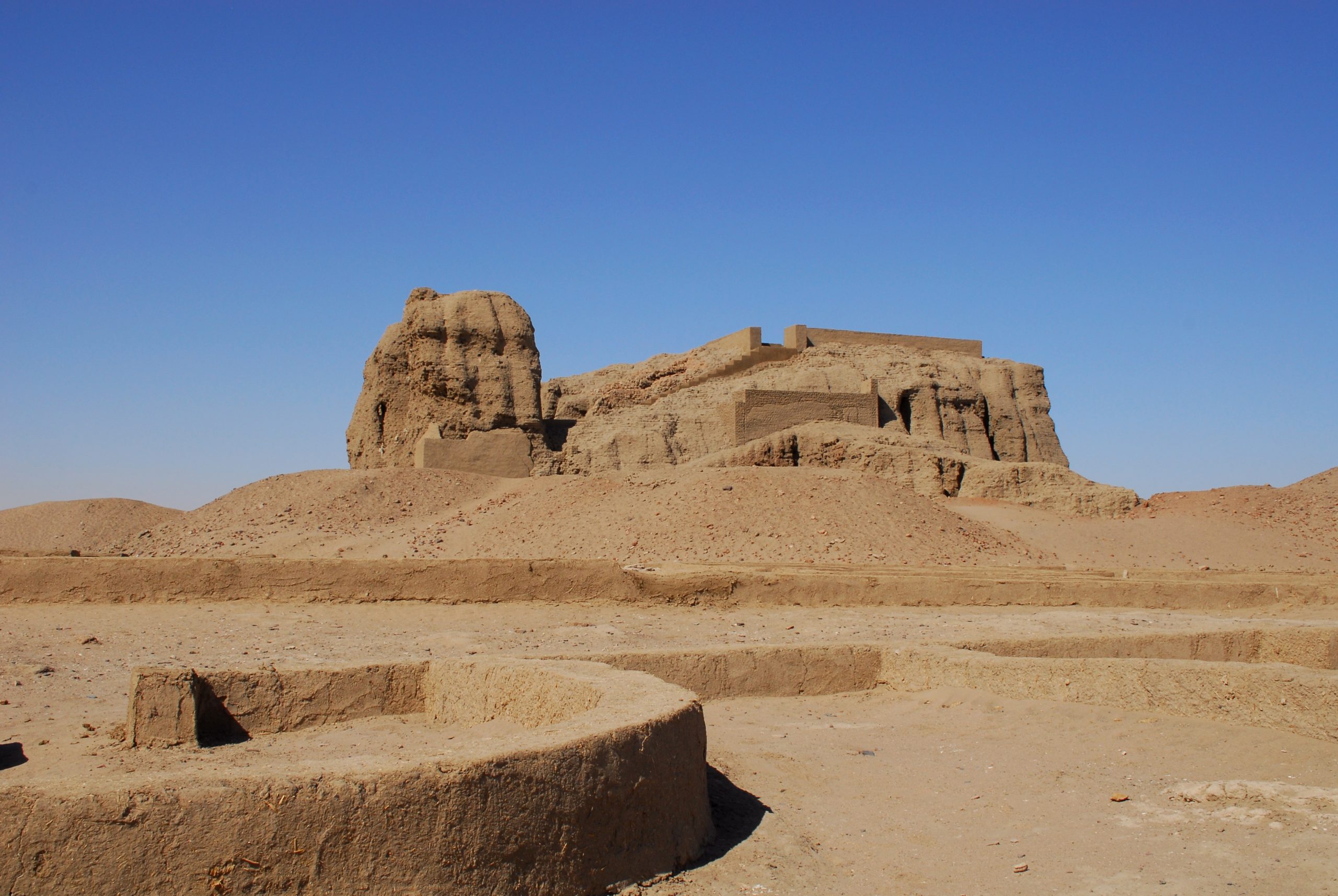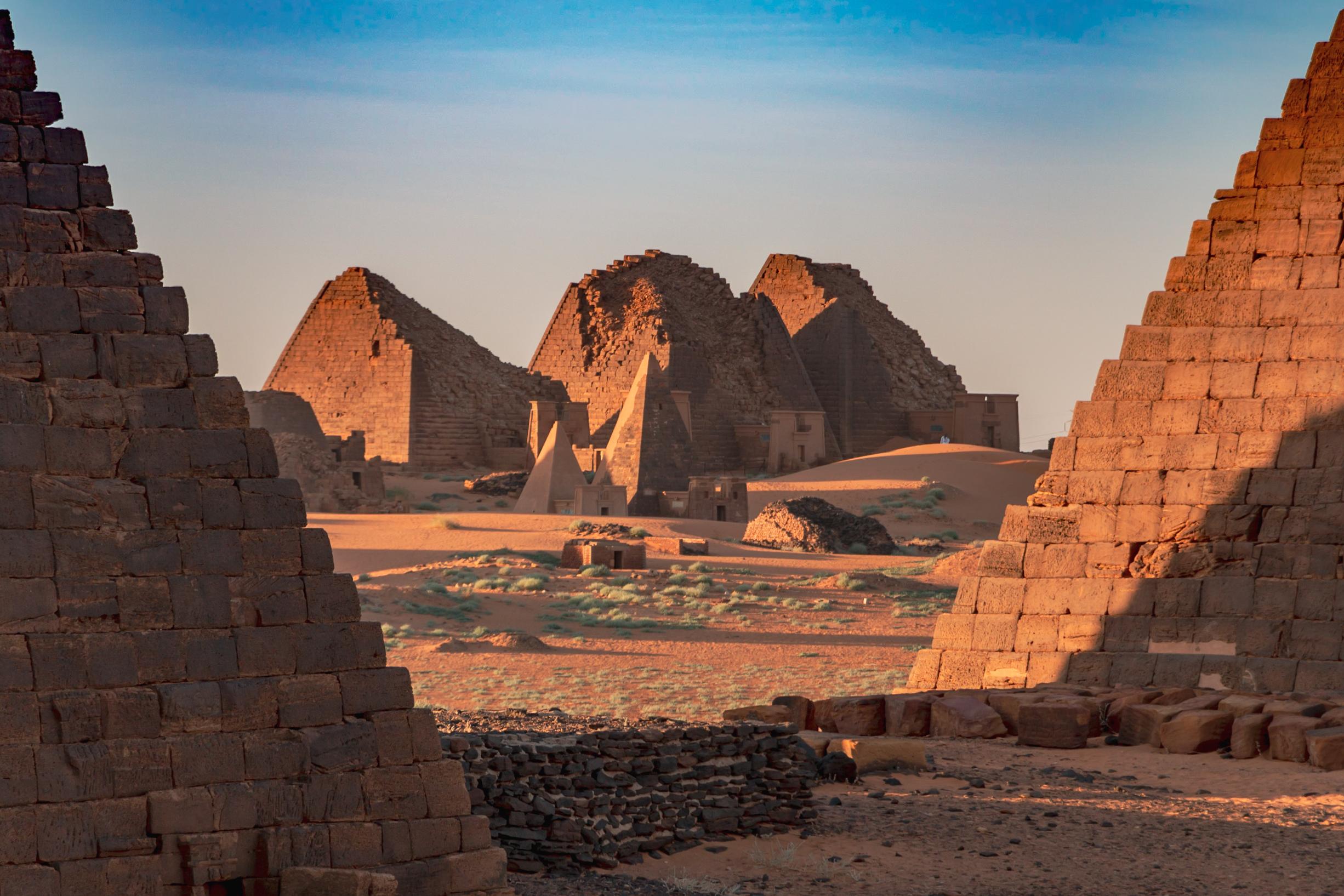Multiple Dates!
Please Note: Extension to Soleb may happen prior to or after the main tour. Ask for specific date tour itinerary.
Northern Sudan is an independent country since July 2011, it has a
stable political situation and it is safe to travel, particularly
between Khartoum and the Egyptian border, where our operations take
place. The people of Sudan are extremely friendly and welcoming.
Northern Sudan is an original, mysterious and unique destination,
still unknown to the most, this is the area where the African and Arabic
culture meet. Its history is very much connected to the Ancient
Egyptian one, the Nile River crosses the Sahara Desert and along its
valley lays very interesting archaeological sites of the Egyptian and
Meroitic civilizations, most of them are World Heritage protected by
Unesco.
There are more pyramids in Sudan than in Egypt!
After the separation from the South in 2011, Northern Sudan is still a very large and diverse country. The astonishing landscape of the three deserts, associated to the beauty of the Nile Cataracts, the hidden Nubian villages and the welcoming people make of this place an innovative, unexpected destination.
Accommodation
-
Acropole Hotel
- Grand Holiday Villa Hotel
-
Corinthia Hotel
-
I.T.C. – Meroe Camp
-
I.T.C. – Karima Nubian Rest House
Khartoum
Khartoum capital area includes 3 major areas: Khartoum, where most of the hotels, the airport and all the city offices are; Omdurman, the old capital, where there is the largest market of the country; Khartoum North, the industrial area. Khartoum is a very safe city. The traffic can be chaotic.
River Nile State
In the River Nile State there are many archaeological sites mainly dated back to the Meroitic Kingdom. Pyramids, temples, nice desert areas and Nile cataracts are the main features of this area.
Napata
Napata is the ancient name of the actual Karima. Napata was the capital of the Kingdom of Egypt during the XXV Dynasty, the dynasty of the Black Pharaohs.
Around 780 b.C. King Alara unified upper Nubia. The worship of the
God Amon was resurrected, centred in Napata at Jebel Barkal, provoking a
renaissance of Egyptian culture in Kush.
The main centre of the
Kushite Kingdom was in Napata and the big Temple of Amon at the base of
the holy mountains Jebel Barkal was the centre of the worshipping of the
god.
The Napatean archaeological sites are listed as World Heritage by UNESCO.
Kerma
Kerma was the capital of the first Kingdom of Kush. In this region, the first Sudanese Kingdom “Kush” started off, it was contemporary and independent from the Great Egyptian civilization. During the New Kingdom of Egypt this area became part of the Egyptian Empire, excavations are still going on to find more relevant elements on the history of this region. In the area there are various archaeological sites & nice Nubian villages.
Soleb Area
In this area we can see a number of archaeological sites related to the New Kindgom of Egypt. The temple of Soleb is the best preserved Egyptian Temple we can still find in Sudanese Nubia.

